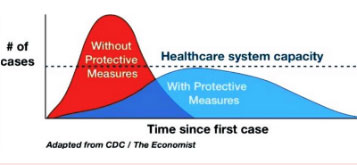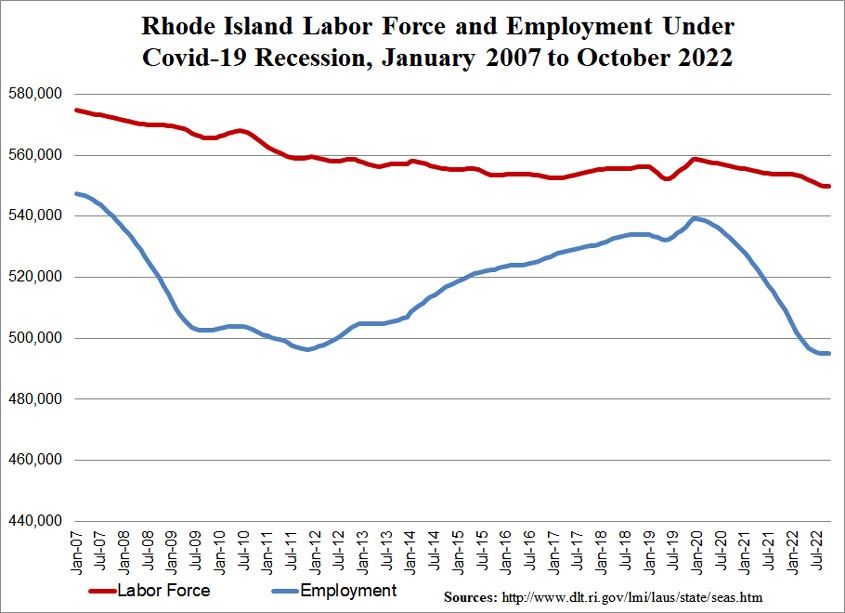Don’t Forget the Other Side of the COVID-Response Ledger
During moments of big emotional turbulence nationally, it becomes more difficult not to keep clicking through social media and getting in arguments with random people about what’s going on. So, to back away from that for a bit, I thought I’d summarize a key point that honestly seems to be missing in all the debate about the corona virus outbreak (COVID-19). Namely, there is another side to the ledger we need to consider.
That doesn’t mean we aren’t taking the disease seriously. It doesn’t mean we’re just trying to make things better for “our boy” in the White House. It means we’re trying to address the issue as adults.
Let’s start with the best argument out there for the actions of governments and private organizations. Matt Allen posted the following chart on Facebook, making the point that we have to react strongly, even though this particular virus may not be as deadly as some of the others the world has faced in the last couple decades, because we can’t overwhelm our medical system.

I’ve heard the catchy associated tagline multiple times in discussions over the past 24 hours: “flatten the curve.” If we do nothing (red area), the number of cases in need of hospital care will rocket beyond our healthcare system’s capacity. So we have to take “protective measures” in order to stay under that line.
There are two problems with the work that people are making this argument do. The first is that it’s not really defined. The chart shows the blue area just touching the line for capacity, but it’s only an illustration. Do we just tap that line by closing down huge parts of our economy for months, or would we get the result pictured here with a simple public-relations campaign that gets people washing their hands and taking other steps, like paying attention to people around them and discussing with acquaintances where they’ve been?
This isn’t a pro-calm argument in order to downplay the serious of the epidemic and help Donald Trump get reelected. It’s actually very important because the second problem is comes from the other side of the ledger. Consider the following chart.
Taking the plummeting Dow Jones index as inspiration — because it hasn’t fallen this much since the great recession — let’s imagine that our COVID-19 “protective measures” cause the same scale of a downturn. This is what that would look like for employment in Rhode Island.

Now — don’t panic! — there are all sorts of reasons to believe it would never come to this, not the least because it’s pretty hard to imagine these restrictions on the economy going on for two years. Unless the quick downturn dislodges some other boulder in the economy that we didn’t know was loose, the likelihood is that things will snap back up once the COVID-19 wave has passed. But the extreme illustration makes the point. Welcome back to 10% unemployment… or worse.
The point we’re forgetting is that cutting economic activity hurts people, even fatally. It doesn’t take direct cases to make this true, where somebody is so destitute that he or she starves. An economic downturn can lead to bad decisions, foregone medicine or treatments, suicide, substance abuse, and so on. It can also ripple out for generations, affecting people who are now children and their children.
The horror story of the first COVID case to hit a Rhode Island hospital has drawn national attention, and it is a scary thought. But somewhere, right now, there could be some entrepreneur facing down alcohol-summoned demons as he contemplates suicide because important events were canceled and investments plummeted. We’ll never hear that story, though, because it is impossible to trace.
But don’t take a worst case as a prediction, here, just as we should not be taking worst cases as predictions on COVID-19. The question is how much economic pain and risk is it worth incurring as measured against how much illness and risk to the medical system?
Nobody should treat it as an easy question, but frankly, I think we used to answer such challenges better when we relied more on the culture. Maybe millennia of experience had helped us fine-tune a sense of how to balance these complex considerations, mainly by cultivating a particular attitude toward things in general. In those circumstances, a society can take special precautions for grandma and grandpa while reducing the restrictions on the younger folks in the family.
Moreover, a culture that is thinking in those terms can better recognize the trade-offs, because grandparents can directly see how steps taken on their behalf are disrupting the lives of their children and thereby affecting the lives of their grandchildren. Meanwhile, younger folks have direct experience with the impositions on their elders.
What’s most disturbing in all of this hysteria is that nobody is encouraging us to think in these terms, and in fact, I’ve been insulted and belittled for even hinting at them and thereby being insufficiently hysterical.
If there’s a silver lining to this epidemic and the resulting panic, perhaps we can pause and consider the light it casts on the way we’ve been ordering our society.




